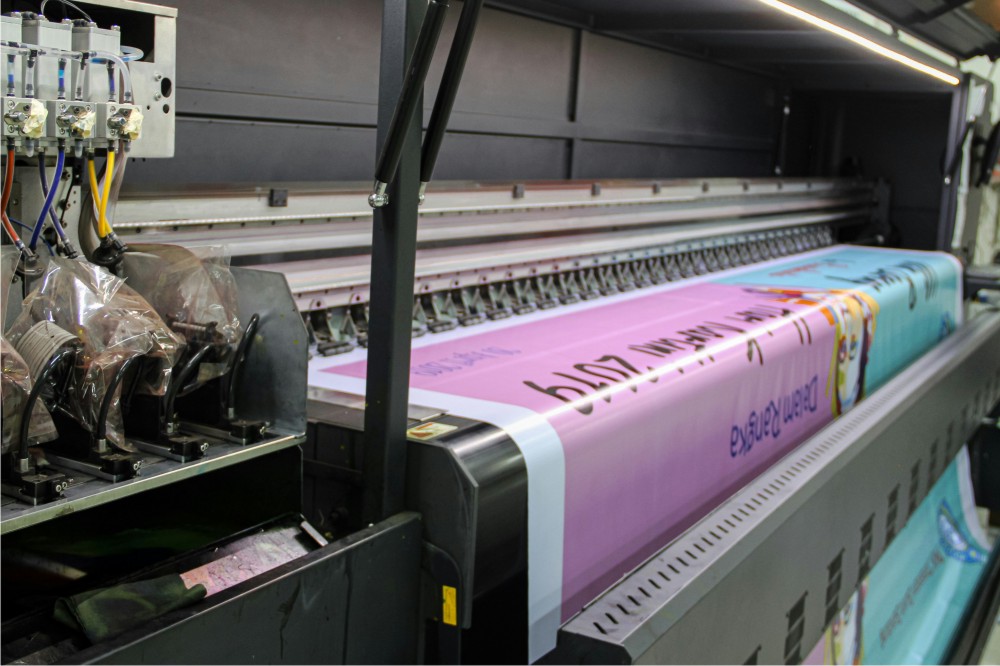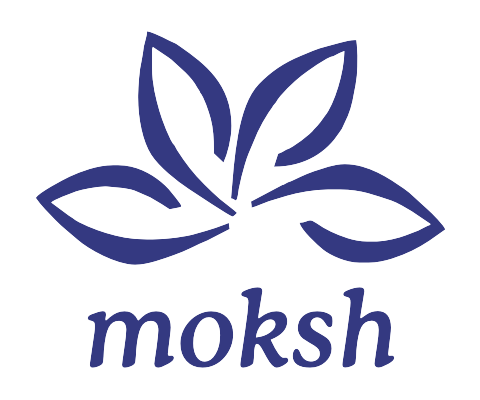Printing
- Home
- Printing
Our Product Categories
Call Us Today!
Call us today to discuss how we can drive your success forward
+91 (022) 6741 0700 / 1 / 2

The printing industry involves creating printed materials on a large scale for commercial or personal use like newspapers, books, magazines, and packaging, and advertising.
Here's a more detailed breakdown of the chemicals used in printing industries:
| Product Name | Application |
|---|---|
| Solvents |
These include aliphatic solvents like naphtha, paraffin hydrocarbons (pentane, hexane, heptane, isooctane, mineral oil), and aromatic solvents (benzene, toluene, xylene). Examples include ethanol (ethyl alcohol), normal propanol, and other alcohols used in flexographic and heliogravure compounds. Solvents like acetone and methyl ethyl ketone (MEK) are used for their fast evaporation rate and solvency power. Propylene glycol and ethylene glycol are used to control drying time and prevent clogging in inkjet printers. Toluene, isopropanol, 2-butanone, ethyl acetate, and methanol are also used as solvents. Can be used as a solvent in printing inks, potentially replacing organic solvents like toluene, acetone, and xylene derivatives. |
| Inks |
|
| Other Chemicals |
|

